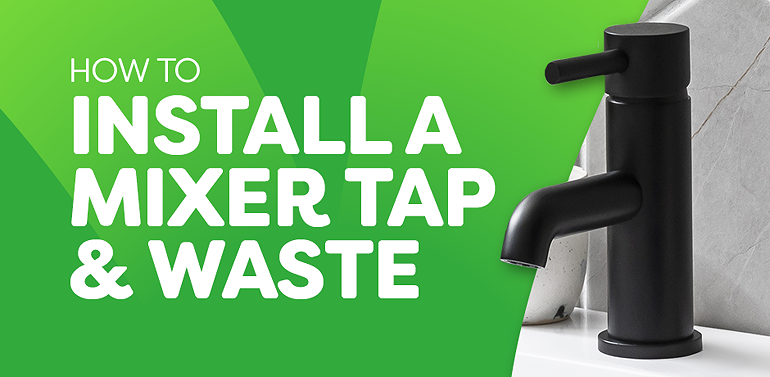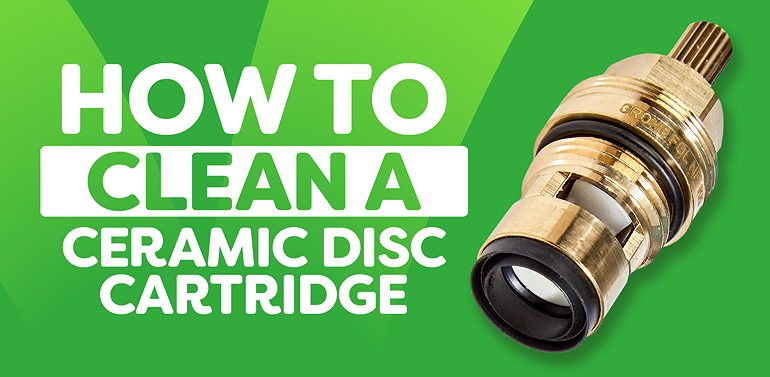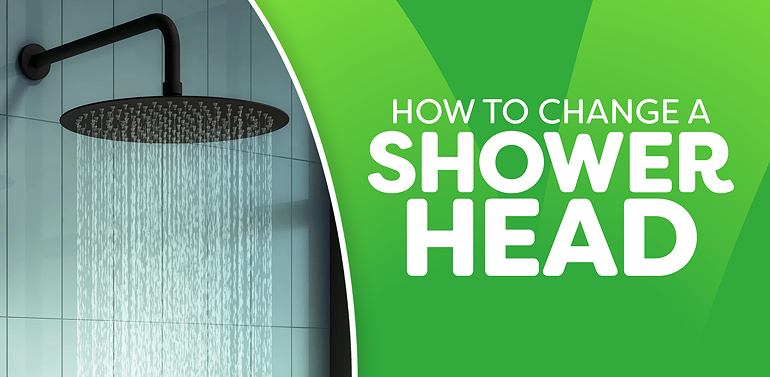EASTER OFFER: FREE DELIVERY ON ORDERS OVER £99!**
Delivery Offer Must End Soon!
can you tile over tile
Can You Tile Over Old Tiles?
When it comes to renovating your bathroom, there’s no such thing as a silly question. In this article, we find out whether you can tile over old tiles.
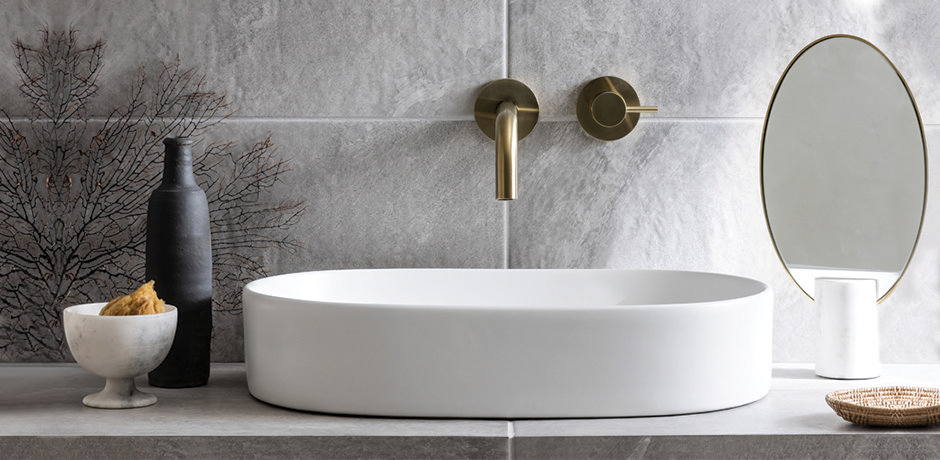
When investing in a new bathroom, it's important to ensure everything is done correctly, and having the right information is key. One common question is: "Can I tile over old tiles?"
Whether you're unhappy with your current tiles or you've inherited a style that doesn't suit you, removing and re-tiling can feel like a daunting task. Doing it yourself requires at least a full day of noisy, physical labor, while hiring a professional will take a similar amount of time but come with added costs.
This often leads people to wonder: Can you tile over existing tiles? Is it a practical shortcut or a recipe for disaster? We've researched the answer so you don't have to.
Can I tile over old tiles?
The answer to this is simple: yes, but why would you? Tiling on top of old tiles means that any problems with the originals, such as becoming loose, will still be an issue with the new layer, while the extra thickness can also make it more difficult to accurately install fixtures and fittings. People worry about removing plaster from the wall when stripping old tiles, but re-skimming the plaster as a preparation for the new layer is part and parcel of achieving a good finish.
BJD Building & Roofing say: "You can tile over tiles, with the right preparation, but I would never do this—the proper way is to strip right back to original wall finish. Don’t worry if you do pull a bit of plaster when stripping the tiles, as it’s easy enough to replace. Tiling over tiles can make it awkward, i.e. extra thickness when tiling around shower fittings. For the sake of a few hours work, I would take them off."
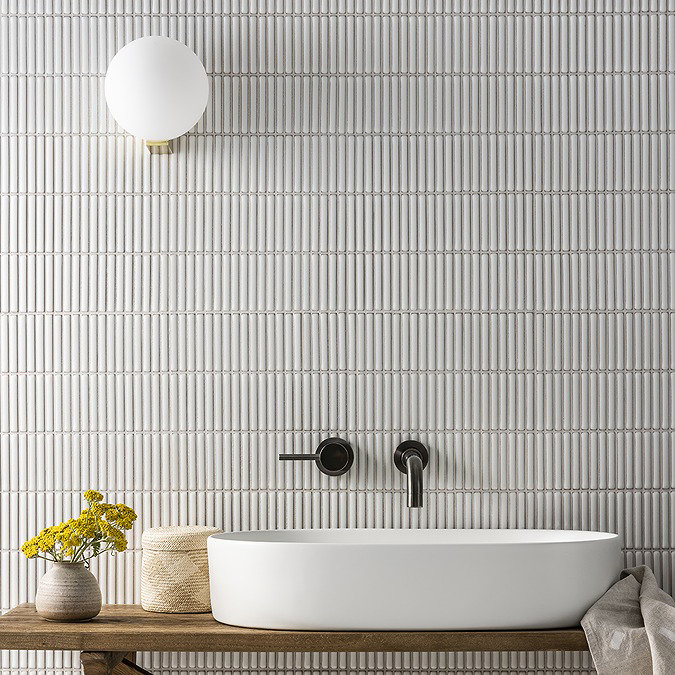
Alternatives to tiling
Bathroom tiles are a popular choice for walls and floors and with good reason: They are hard-wearing, easy to clean and come in a range of colours, sizes, textures and shapes to perfectly match your décor.
However, you certainly don’t have to limit yourself to tiles when considering the type of wall and floor coverings you want in your bathroom.
Vinyl tiles
Swapping out traditional ceramic or porcelain floor tiles for vinyl tiles is a quick and effective way to give your space the upgrade it needs. The Palio Clic range by Karndean, for example, are made using high-grade vinyl and boast a patented click-locking system. This allows them to securely lock into place without the need for any adhesives.
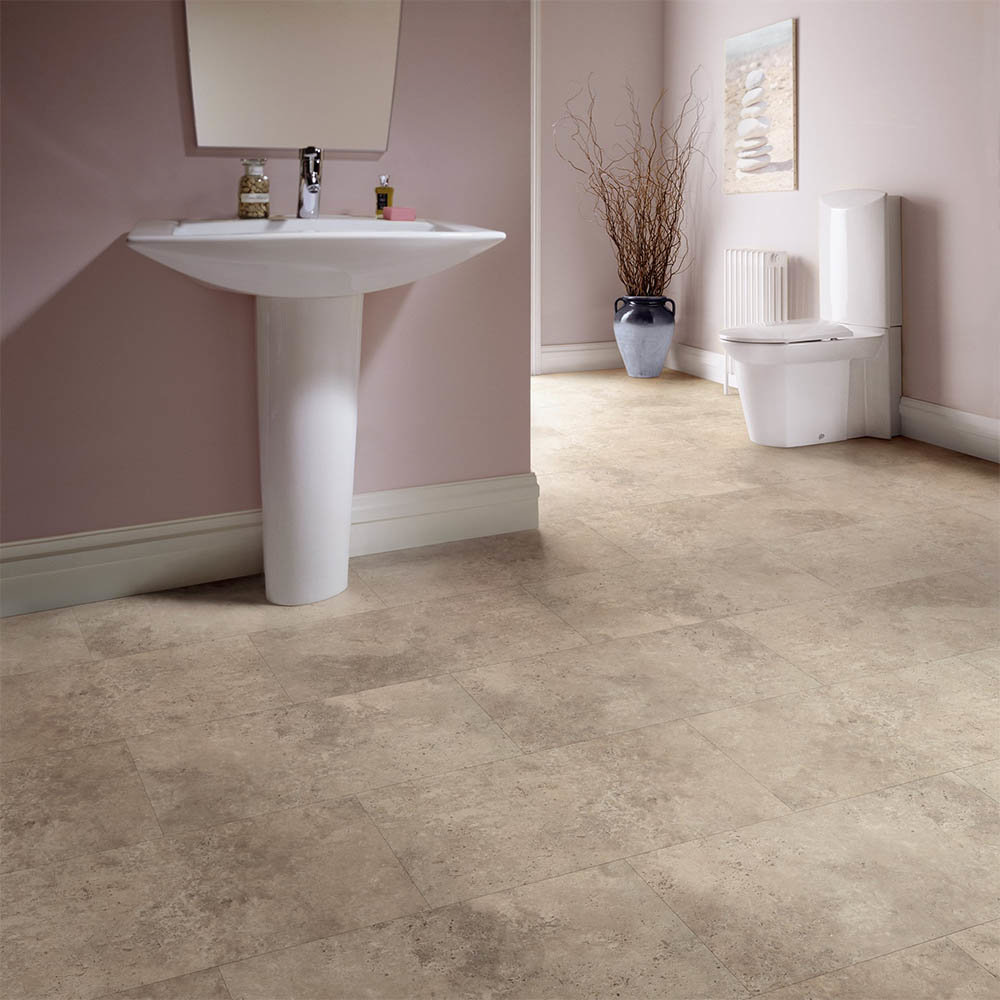
Vinyl planks
If you’re wanting an entirely new look for your floors but without the hassle of installing and maintaining real wood or laminate, vinyl tiles also come in plank form. The Harlow range of vinyl plank flooring has been designed to replicate the look of and feel of real wood boards. Similar to the tiles mentioned above, it uses a patented "Valinge" system to lock in place quickly. Their textured finish makes them almost indistinguishable from the real thing.
Wall panels
If you’re searching for a more cost-effective alternative to tiles, an acrylic wall panel could be the solution you’re looking for.
Designed to fit over tiles or almost any existing wall covering, wall panels can be quickly and easily cut to size and fitted in one go. This cuts down the time you’d require for tiling with no tricky grouting to contend with.
Shower wall panels are large boards, usually made of laminated MDF, that can be installed to radically change the appearance of shower walls.
A relatively new alternative to tiling, they have really taken off in recent years. They’re now available in a wide variety of eye-catching designs, including options with options wood, marble and stone-effect finishes.
Their sheer surfaces make cleaning a doddle too. This is because you’ll find no nooks and crannies in which mould and bacteria can usually thrive.
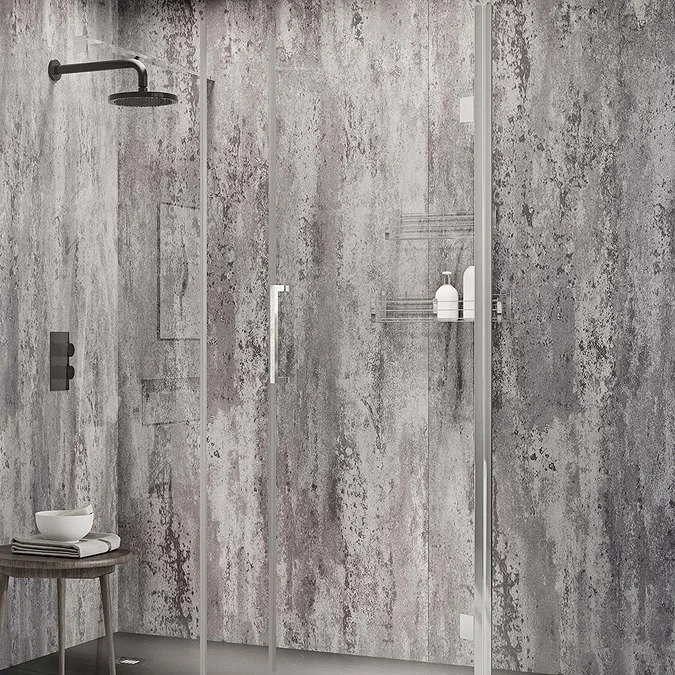
Available in a range of colours and designs, wall panels provide an almost seamless finish that is easy to clean. Plus, with no grout joins, there’s nowhere for mould to develop.
Bathroom wallpaper
It may sound unconventional, but bathroom wallpaper is becoming a popular choice.
While it's not ideal for areas prone to heavy splashes, most bathroom walls can be easily transformed with high-quality, wipeable wallpaper. Specially designed bathroom wallpapers have gained popularity recently because they are much easier to apply than tiles.
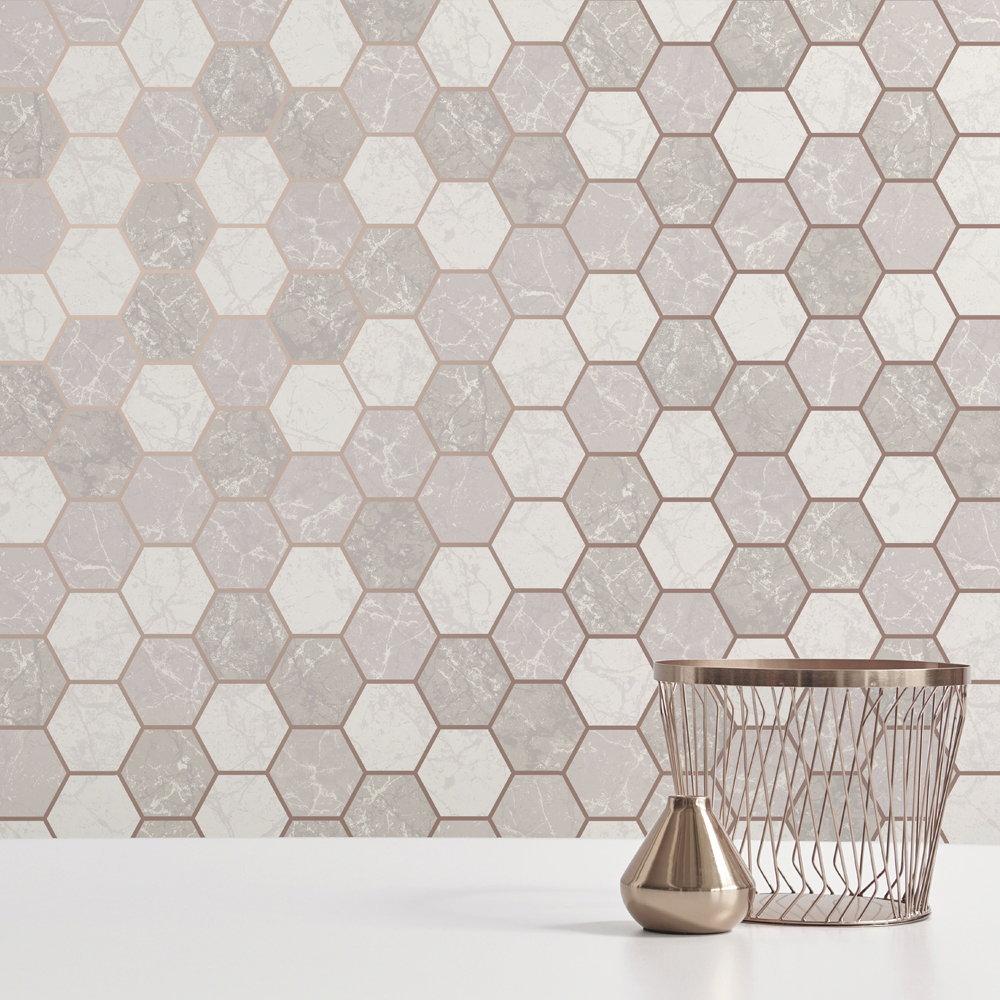
Laminate and vinyl flooring
Tiles look great when used on bathroom floors, offering a solid surface that will easily withstand everything a busy bathroom has to throw at it. The only downside being the time it takes to fit and grout your tiles for a professional finish.
One neat alternative which could save you both time and money is laminate or vinyl flooring.

Modern laminate flooring is a far cry from the lino style flooring you might imagine when thinking about vinyl. With a stunning range of wood, stone and tile-effect finishes, they look every inch the elegant and beautiful floor, but the beauty is, you won’t need a professional to fit it. No messy grout or adhesives, simply lay each plank down and clip together.
Doing your own tiling
Of course, we would always recommend hiring a fully qualified and experienced professional for anything to do with your bathroom. However, if you are competent at DIY, tiling is a job that you may want to attempt yourself.
Enjoyed our guide to tiling over tile? Explore our entire range of tiles and décor. Want more bathroom guides and inspiration? Try other helpful articles on the Victorian Plumbing blog.

